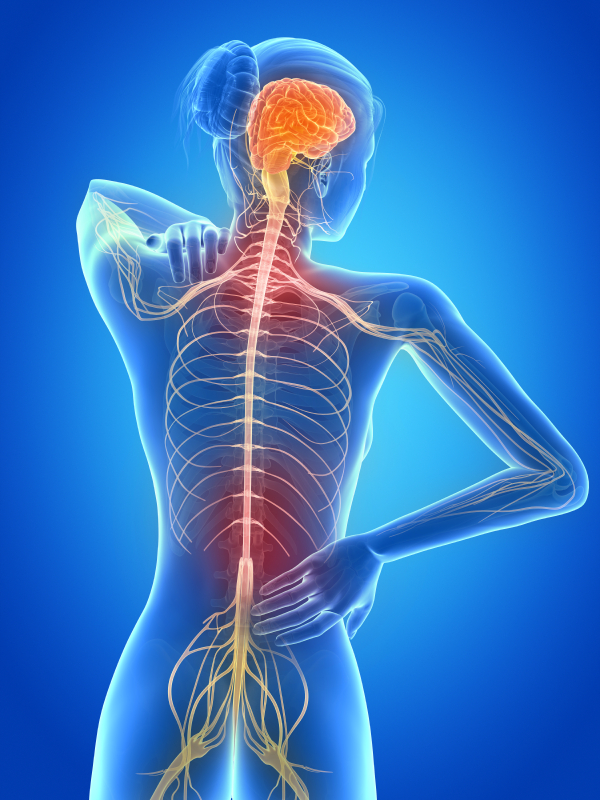Meet Kevin Naidoo, owner and director of Yerrama Yoga Sanctuary in Saskatoon, and an experienced and passionate certified ERYT teacher. He is putting on a Breathe in Life retreat this September on the beaches of South India.
Kevin is a true traveler, or nomad as his family refers to him, and has hitchhiked across 50 countries, living wholly through his heart. Fascinated by cultures, traditions and spirituality Kevin’s adventures have led him to live on remote islands, trek across Africa and bathe in the Ganges among many other amazing adventures. The combination of travel and Yoga have always connected him with his true Self. He lives to spread Oneness to the planet.
Learn more about Kevin in this interview:
-What is yoga?
Yoga is Union. Yoga is Connection. Yoga is Truth. Yoga is the peeling of layers connecting us to our True Divine Self.
-How did you find yoga?
I found Yoga when a friend came to visit me while living in the Caribbean. From the very first day I felt the power of this practice, and by day 3 it had cracked me wide open, allowing honesty and emotional healing to come. It continues to this day to crack me open.
-Where are your favorite places on this earth and what have these places shown, taught, or given you that have helped you grow to who you are today?
I hitch hiked from the bottom of Africa to the top. It took me 1 and a half years on my thumb. Africa blew my mind as its often forgotten about. The LOVE unconditionally from the local people blew my mind. Their generosity, even when they had very little. And their spirit with all they deal with everyday is ever inspiring. Travelling in Africa really showed me how FAMILY is number ONE and always is.
-Other then people, what has taught you the most on your path in life?
The thing that has taught me the most on my path is got to be FAITH. We need faith for everything we do in this life. Faith to believe, to trust, to love,
-In which way has yoga most changed your life?
For me yoga has most changed my life by giving me the courage and confidence to be ME, to find ME, To LOVE ME, and all I want to do is help to guide and give everyone the tools of this powerful Practice..OMazing.
-How would you describe your philosophy as a teacher?
My philosophy as a Teacher is to teach all of Yoga in a slow, conscious, mindful way, giving the tools to sustain a life long practice.
-What is love?
LOVE is what this whole beautiful world and what each of us are made of.
“You are the unfolding and the becoming of the universe… you are extraordinary; and you are powerful beyond belief. you are Sacred, you are Divine, you are Love.”




 DCIM100GOPRO
DCIM100GOPRO







